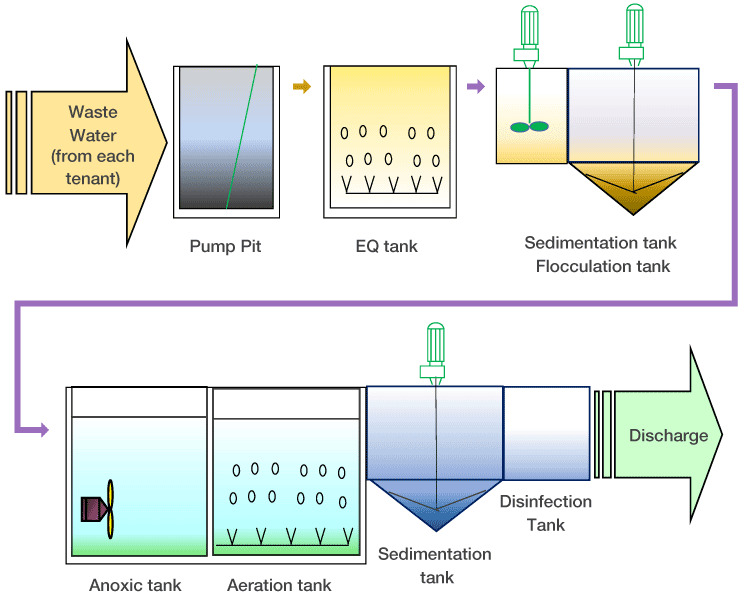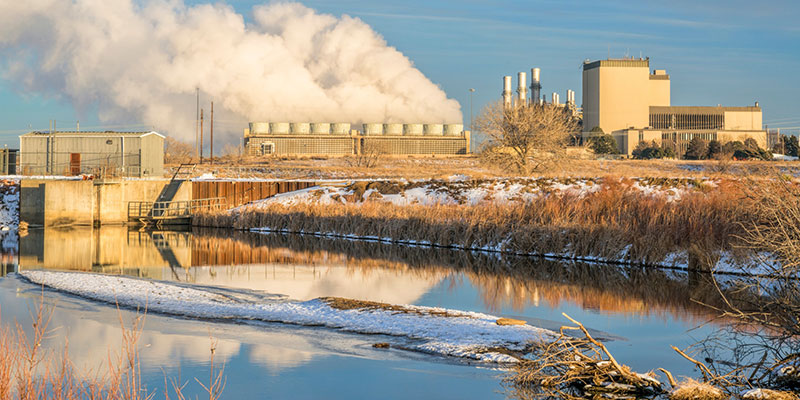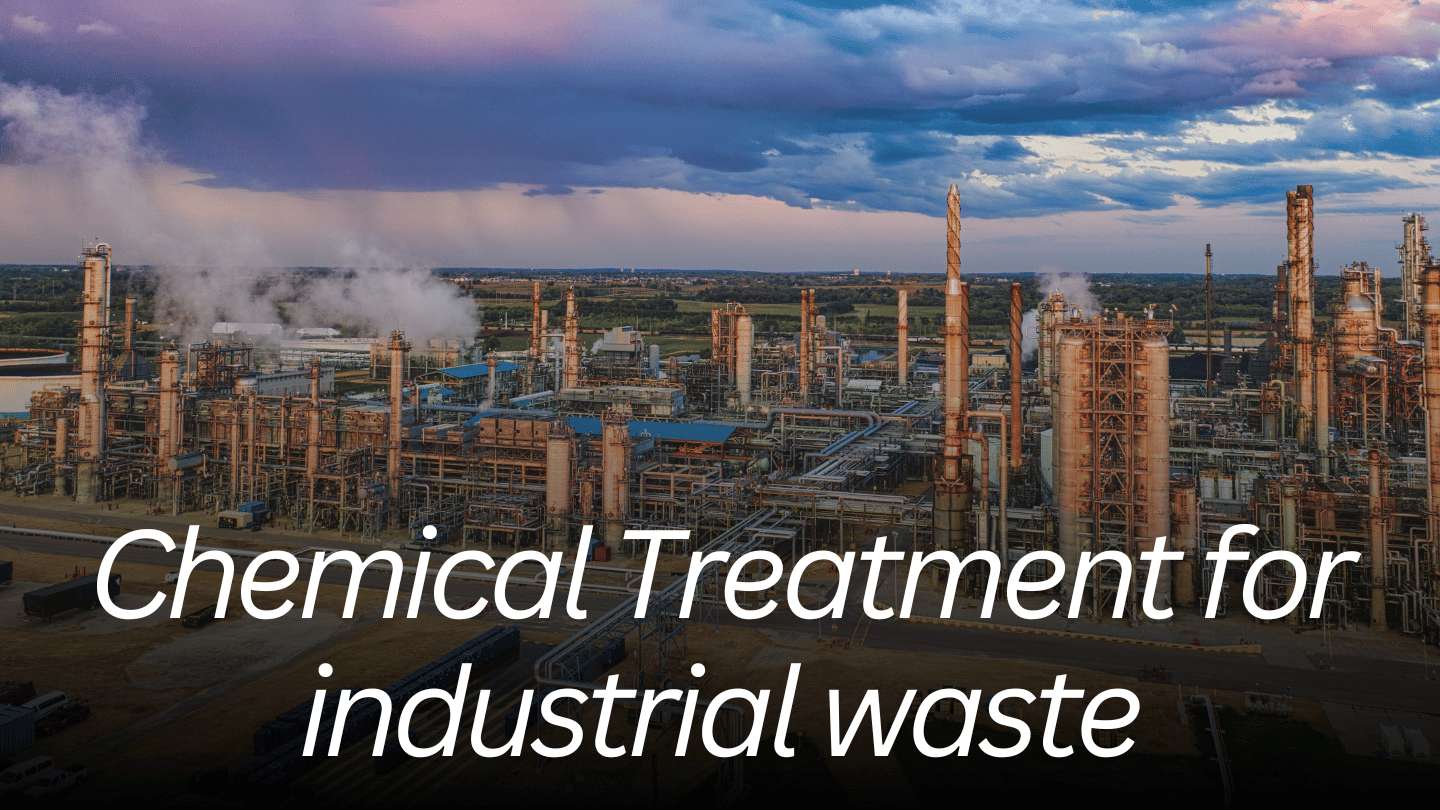Industrial Waste Water Treatment-- Safeguard the Setting with Expert Water Treatment Solutions
Industrial Waste Water Treatment-- Safeguard the Setting with Expert Water Treatment Solutions
Blog Article
Innovations and Advances in Hazardous Waste Water Therapy Technologies
The landscape of commercial wastewater treatment is undergoing a transformative shift, driven by technologies that improve both performance and sustainability. Emerging technologies, such as membrane layer bioreactors and microbial gas cells, are redefining impurity removal procedures while adding to power generation. Source recovery methods are obtaining traction, lining up with circular economic climate principles. As governing standards develop, the integration of AI and artificial intelligence into wastewater administration systems promises to simplify operations and make sure conformity. Nevertheless, the complete implications of these improvements elevate vital inquiries about their scalability and lasting influence on industry methods.
Overview of Drainage Therapy Technologies
Wastewater treatment technologies include a variety of methods created to get rid of contaminants from commercial effluents before their release into the atmosphere. These technologies are crucial for keeping eco-friendly equilibrium and making sure conformity with environmental policies. The primary groups of wastewater therapy consist of physical, chemical, and biological techniques, each offering distinct functions based on the nature of the impurities existing.

Biological treatment approaches use bacteria to deteriorate raw material, making them especially effective for organic-rich effluents. Strategies like activated sludge and biofilm reactors harness the all-natural degradation capabilities of germs, resulting in significant reductions in biochemical oxygen need (FIGURE)
Advanced Filtering Strategies
Advanced filtration methods represent an essential development in the world of commercial wastewater treatment, enhancing the efficiency of pollutant elimination procedures. Industrial Waste Water Treatment. These techniques encompass an array of innovations, consisting of microfiltration, ultrafiltration, nanofiltration, and turn around osmosis, which offer consecutive barriers for various particle sizes and chemical frameworks
Microfiltration and ultrafiltration utilize membrane layer systems to eliminate suspended solids, microorganisms, and larger natural molecules, enhancing the high quality of effluent before further therapy. Nanofiltration connects the gap in between ultrafiltration and reverse osmosis, effectively getting rid of natural substances and divalent ions, thus lowering the tons on downstream processes.
Reverse osmosis provides the highest possible degree of filtration by permitting just water and tiny particles to travel through its semi-permeable membrane layers, making it optimal for reclaiming premium water from industrial effluents. Current advancements in membrane layer technology, consisting of the advancement of more fouling-resistant and durable materials, have actually significantly enhanced functional performance and lowered prices.
Incorporating these innovative purification techniques not just boosts the overall treatment procedure however likewise adds to sustainability efforts by enabling water reuse and resource recuperation in industrial settings. (Industrial Waste Water Treatment)
Organic Therapy Innovations

Furthermore, the description advancement of crafted organic systems, such as membrane layer bioreactors (MBRs), combines organic treatment with innovative membrane layer filtering. This combination permits for higher effluent high quality and lowered footprint, making it ideal for space-constrained commercial centers. Technologies in genetically crafted bacteria have actually likewise emerged, enhancing the biodegradation of certain contaminants, such as drugs and hefty metals, that are generally challenging to remove.
Additionally, the implementation of bioaugmentation methods, where valuable microbes are introduced to boost the existing organic therapy processes, has actually revealed promising outcomes in enhancing treatment efficiency. These developments collectively represent a pattern towards more reliable and sustainable organic treatment methods that can adjust to the advancing intricacies of commercial wastewater streams. As sectors remain to focus on ecological compliance, these organic developments will play an important function in wastewater administration.

Resource Recovery Methods
In industrial settings, the integration of source recovery approaches has actually ended up being progressively essential for enhancing sustainability and lessening waste. These methods concentrate on drawing out important materials and power from wastewater streams, consequently changing prospective contaminants right into reusable resources.
One noticeable method is nutrition recuperation, where nitrogen and phosphorus, often present in excess in wastewater, are caught and transformed right into fertilizers. This not just reduces environmental impacts however likewise offers a circular economic situation option for farming applications. Furthermore, innovations such as click reference anaerobic digestion allow for the conversion of organic waste into biogas, a renewable power source that can offset fossil gas use in commercial operations.
Moreover, advanced filtering and membrane layer innovations help with the recovery of commercial byproducts such as steels and salts. These recouped products can be rehabilitated right into manufacturing processes, lowering the demand for virgin resources.
Future Fads in Drainage Management
As markets significantly focus on sustainability, the future of wastewater monitoring is readied to undergo considerable makeovers. Technical developments, such as expert system and maker learning, will allow much more effective surveillance and management of wastewater systems. These technologies can anticipate upkeep needs, maximize therapy procedures, and enhance decision-making, ultimately decreasing operational costs and environmental effect.
Additionally, the assimilation of circular economic situation principles will certainly play an important role in wastewater monitoring. Industries are expected to change in the direction of systems that not only deal with wastewater yet likewise recover valuable resources, such as nutrients, water, and power. This transition will certainly minimize waste and advertise the reuse of materials, straightening with worldwide sustainability objectives.
Emerging therapy strategies, such as membrane bioreactors and advanced oxidation processes, will even more boost the performance of wastewater treatment, enabling higher top quality effluents appropriate for reuse. Additionally, regulative structures are likely to develop, highlighting more stringent standards for wastewater discharge and motivating sectors to adopt cutting-edge therapy services.
Final Thought
To conclude, the development of industrial wastewater treatment technologies demonstrates a considerable this hyperlink change in the direction of enhanced effectiveness and sustainability. Technologies in innovative filtration techniques, organic treatments, and resource recovery approaches highlight the industry's dedication to ecological stewardship. The combination of expert system and artificial intelligence even more optimizes these procedures, guaranteeing regulatory compliance and advertising a round economy. Continued improvements in these areas will play a critical duty in forming the future of wastewater management and protecting important water resources.
The landscape of commercial wastewater treatment is undertaking a transformative change, driven by innovations that enhance both effectiveness and sustainability.Wastewater therapy modern technologies include an array of approaches designed to eliminate contaminants from industrial effluents before their launch into the setting.Taking advantage of the power of biological processes has actually led to significant developments in the treatment of commercial wastewater.In addition, the application of bioaugmentation approaches, where beneficial microbes are introduced to enhance the existing organic therapy procedures, has actually shown appealing outcomes in boosting treatment efficiency. These advancements jointly represent a trend towards even more lasting and efficient organic therapy methods that can adapt to the evolving intricacies of industrial wastewater streams.
Report this page